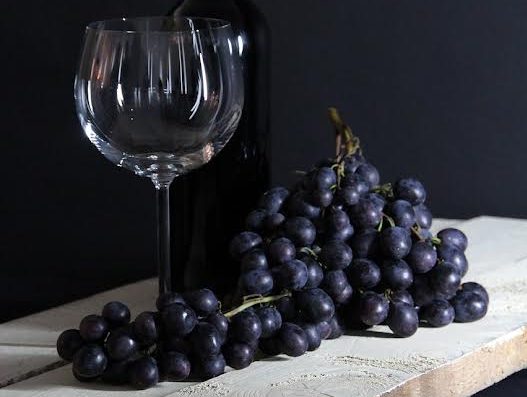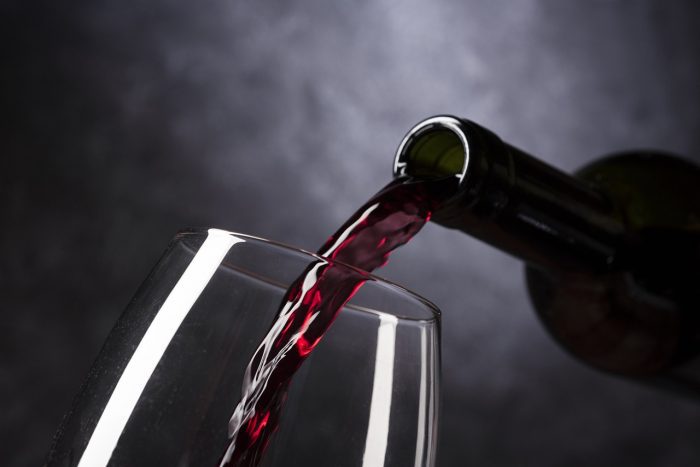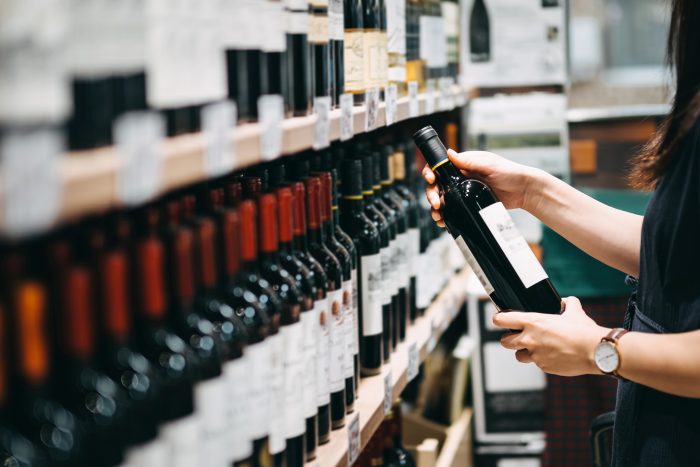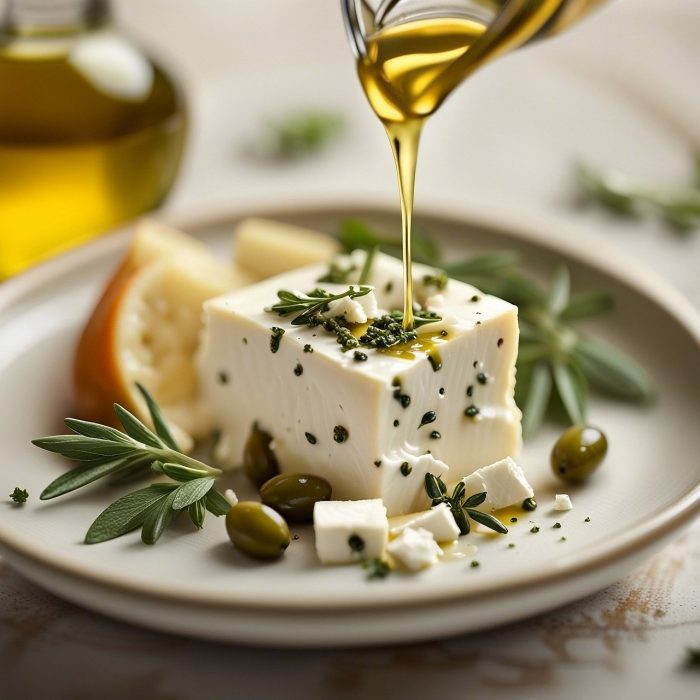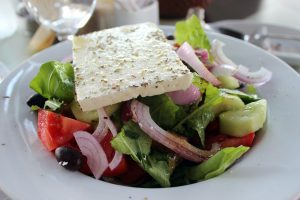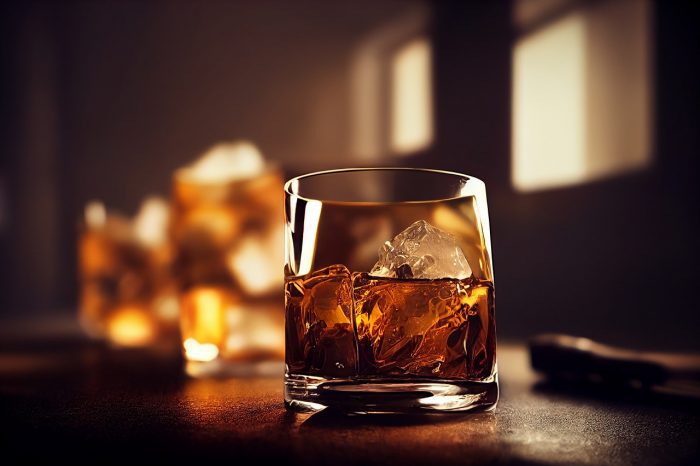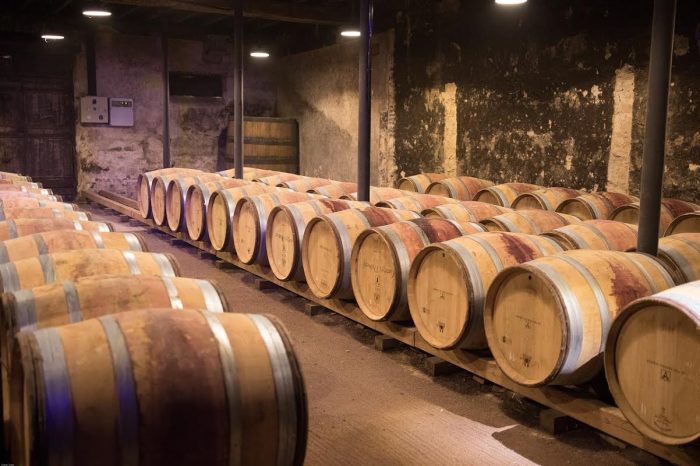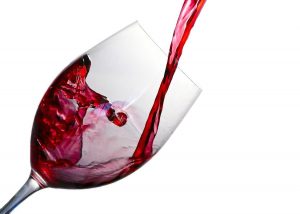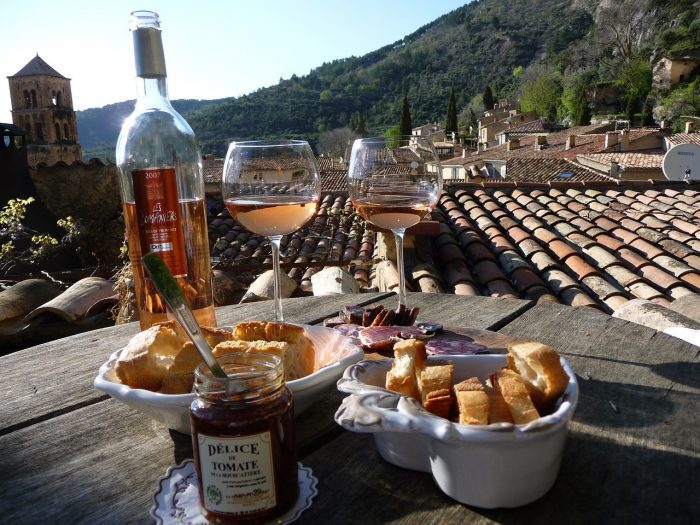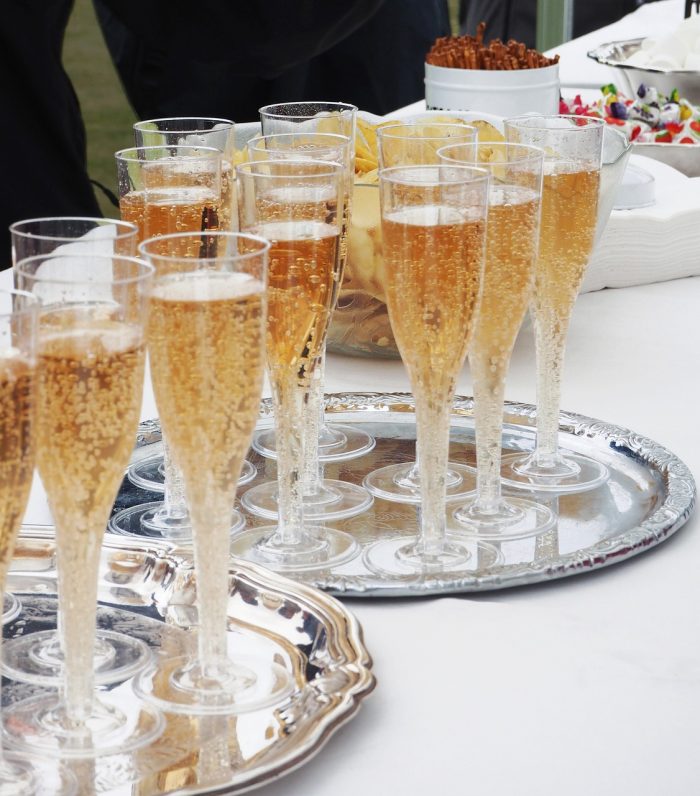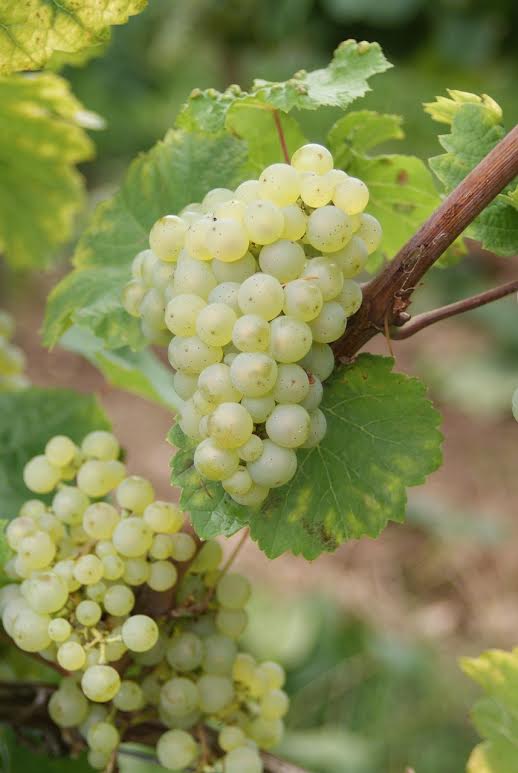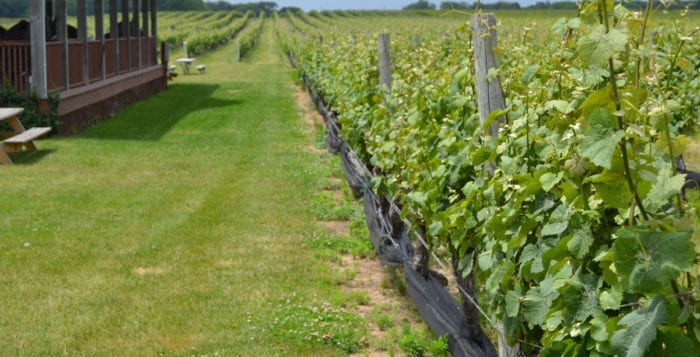By Bob Lipinski

Tannat (a palindrome) is a dark red grape variety with its roots originating in Madiran, a tiny village in Southwest France. Its wines are incredibly dark and fuller-bodied than Cabernet Sauvignon, making them an immediate favorite for grilled or barbecued meats.
Tannat is a thick-skinned, medium acid red grape variety, which was introduced to Uruguay in 1870 by the Basque Frenchman Pascal Harriague, an immigrant who was looking for a varietal that would thrive in Uruguay’s soil and climate. Harriague, known to the rest of the world as Tannat, has become Uruguay’s signature grape, like its South American cousin Argentina with Malbec, and Chile with Carmenère.
Wines made from Tannat grapes include red, rosé, dessert, sparkling, and even a rosé vermouth. Foods that pair with Tannat wines are typically lamb and beef, often with a chimichurri sauce. Other foods are sausages, cassoulet, duck confit, grilled eggplant or mushrooms, Cajun spices, blackened meats, and pasta carbonara.
A recent tasting of wines from Uruguay made from Tannat grapes follows.
2018 Alto de la Ballena Tannat-Viognier, “Reserva” Uruguay. (Blend of 85% Tannat and 15% Viognier grapes; wine was aged for 9 months in American and French oak barrels). Deep purple color with a fragrant bouquet and flavor of blackberries, vanilla, dried plums, and spices. Hints of baking spices, wild flowers, and tobacco.
2020 Cerro del Toro “Tannat,” Piriapolis, Uruguay. (The name means Bull Hill). This unoaked, easy-to-drink wine is deeply colored with a fruity bouquet of black fruits, licorice, and herbs. Flavors of plums, raspberries, and boysenberry abound.
2020 Pisano “PRF” Tannat, Progreso, Uruguay. (Aged 10 to 12 months in French oak barrels) Garnet-ruby color, concentrated fruit, and tannins with flavors of cranberry, plums, dark chocolate, and spicy oak. It has a smokey, well balanced finish.
2021 Bodega Garzón Tannat, “Reserva” Garzón, Uruguay. (Aged 6 to 12 months in French oak barrels). Blackberry aromas coupled with notes of jam, plums, almonds, and spices. Medium-bodied with hints of violets, green peppercorns, and coffee with a silky finish. Don’t miss it!
2020 Marichal “Tannat,” Canelones, Uruguay. This unoaked wine shows a bouquet of fresh red fruits- strawberry and raspberry, with flavors of plum, dried herbs, and bitter almonds,
2020 Giménez Méndez Alta “Reserva” Tannat, Canelones, Uruguay. Dark ruby color with a bouquet and taste of blackberries, licorice, black pepper, and black plums. Medium-bodied with considerable tannin, and an aftertaste of dark chocolate.
Bob Lipinski is the author of 10 books, including “101: Everything You Need To Know About Whiskey” and “Italian Wine & Cheese Made Simple” (available on Amazon.com). He consults and conducts training seminars on Wine, Spirits, and Food and is available for speaking engagements. He can be reached at www.boblipinski.com OR [email protected].

